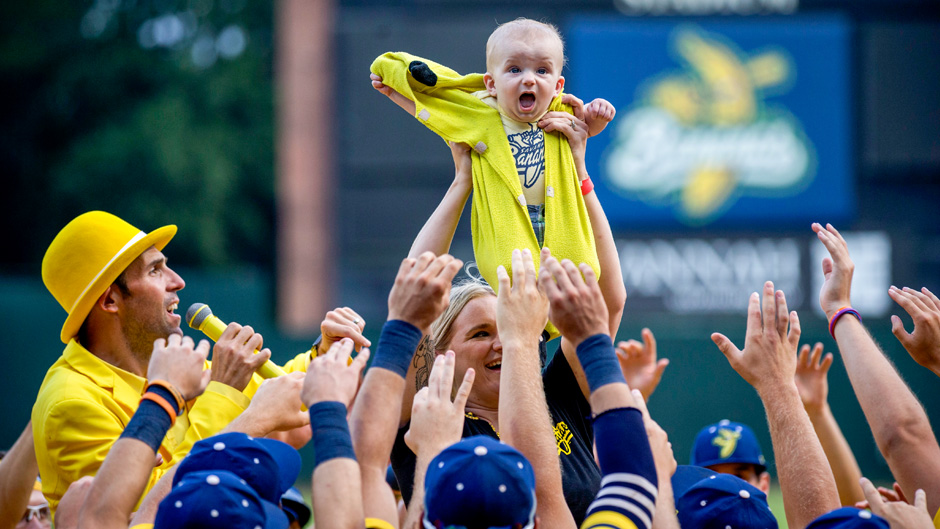Higher scoring games. Fewer innings. More social media content. The world of sports is evolving quickly to continue capturing audiences worldwide.
As younger generations dip into sports fandom, professional leagues notice a particularly concerning trend.
In the past decade, Major League Baseball (MLB) has seen a gradual decline in game attendance and television viewership. Many attribute this decline to pandemic-related limited capacity in stadiums across the country in recent years. Still, industry leaders are worried the pace of play is losing the long-term interest and attention of young audiences.
“Baseball is the kind of sport that is just not conducive to the way we’re living now,” said Paul Resnick, senior lecturer and a member of the sport administration faculty at the University of Miami School of Education and Human Development.
Alongside the decline of interest in baseball, Resnick noted dwindling audiences for other slow-paced sports, like NASCAR racing and golf. In contrast, leagues like the National Football League, National Hockey League, and Major League Soccer saw increased interest during the past decade.
“We lost baseball as ‘America’s pastime’ many years ago when the NFL took over,” Resnick said. “NHL attendance and viewership were also up this year with more fast-paced and higher scoring games. I think the MLB is one of the major sports leagues that we should be worried about and see how they adjust to draw in fans.”
As several professional organizations grapple with a young generation that seems unable or unwilling to endure a full-length sporting event, many are pivoting to social media to capture their attention.
“Digital engagement has continued to increase rapidly,” said Tywan Martin, associate professor of kinesiology and sport sciences in the School of Education and Human Development.
Martin noted that social media strategies promoting short user-generated content help engage young fans with sports brands and athletes. For example, ESPN caters their online and streaming platform to provide audiences with snippets of content to grasp the shorter attention spans—30-second video highlights, brief score alerts, and post-game player interviews.
“It’s fascinating how traditional media platforms are taking a back seat to this short-form content,” Martin said. “When fans get truncated bits of information, that seems to be the play today to draw their interest. Avid fans are always going to support their teams. It’s using social media to capture the casual fan, then converting them to an avid fan. That’s what teams are trying to do.”
Resnick explained that developing fan interest in the athletes themselves has the potential to help revive interest in attending games.
“If you ask as far as transcendent stars in sports, you have your big names,” Resnick said. “When you think of the NFL, you think of Tom Brady. When you think of the NBA, maybe Lebron James. Who do you think of when you think of the MLB? There’s certainly a disconnect between the die-hard fans and the casual fans.”
Resnick also noted that audiences go to sporting events to be entertained. The Savannah Bananas, a collegiate summer baseball league in Savannah, Georgia, is a unique example of this. With coordinated dances between plays and flashy uniforms, the summer league team has amassed almost 3 million followers on social media. The Savannah Bananas are capturing the attention and hearts of fans unlike any other team at the moment.
So, how do leagues move forward?
In short—nobody knows, Resnick and Martin agree. Focusing social media strategies on generating revenue through the fans and athlete star-power could be the future. Or perhaps the future lies in honing in on the growing interest in online gaming competitions to create a new avenue for sporting events.
Many fans debate whether sports should start adjusting to the audience's needs by shortening games or finding ways to allow higher-scoring games. And while traditionalists hold firm to the idea that games should not be altered, several know that change is coming and necessary.

